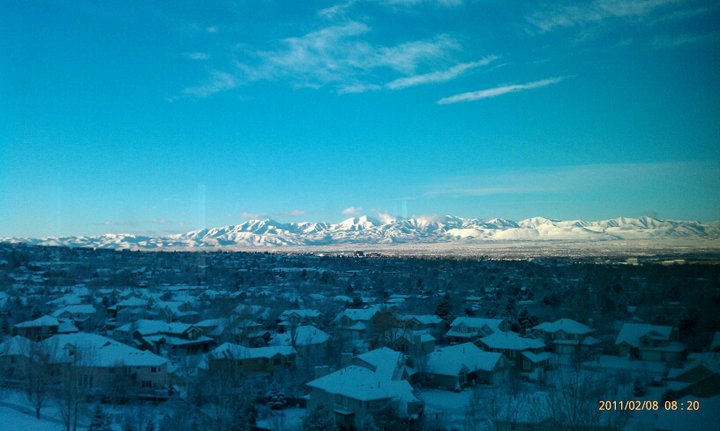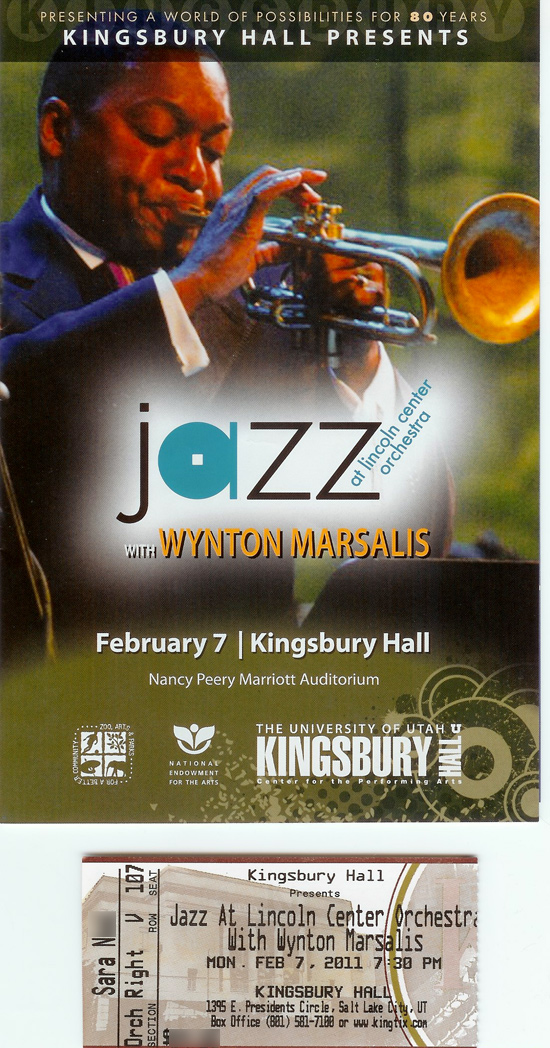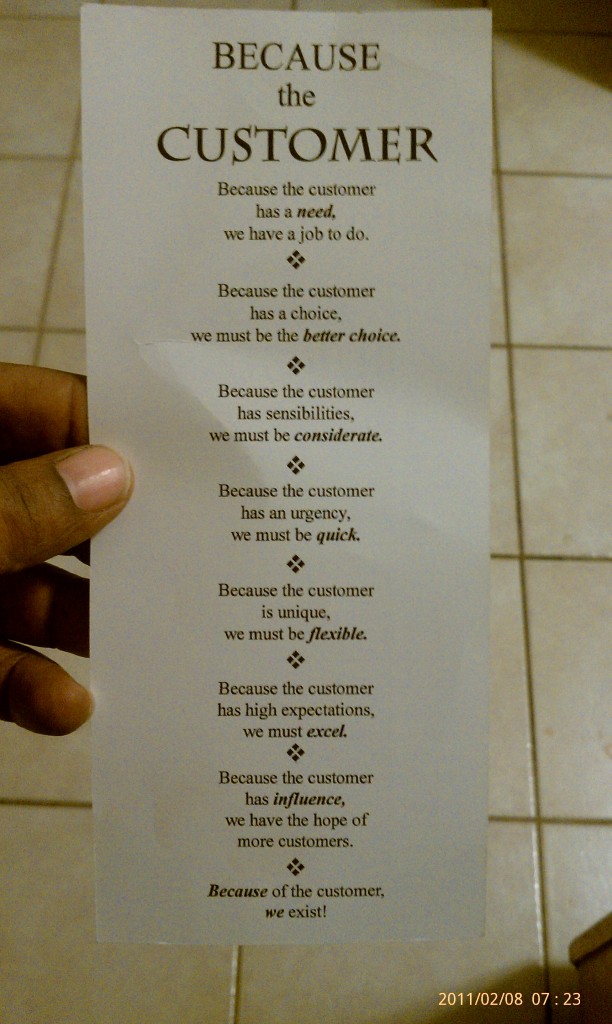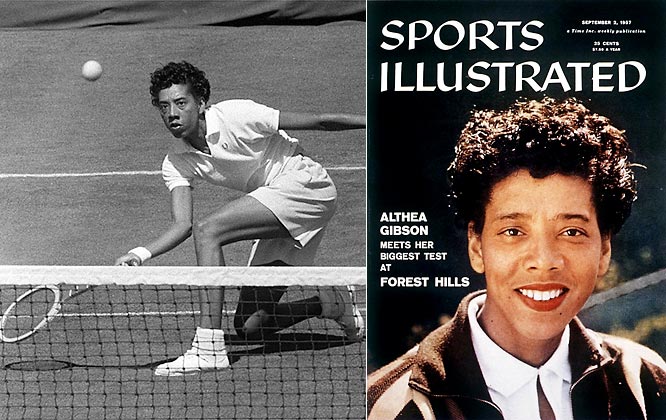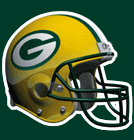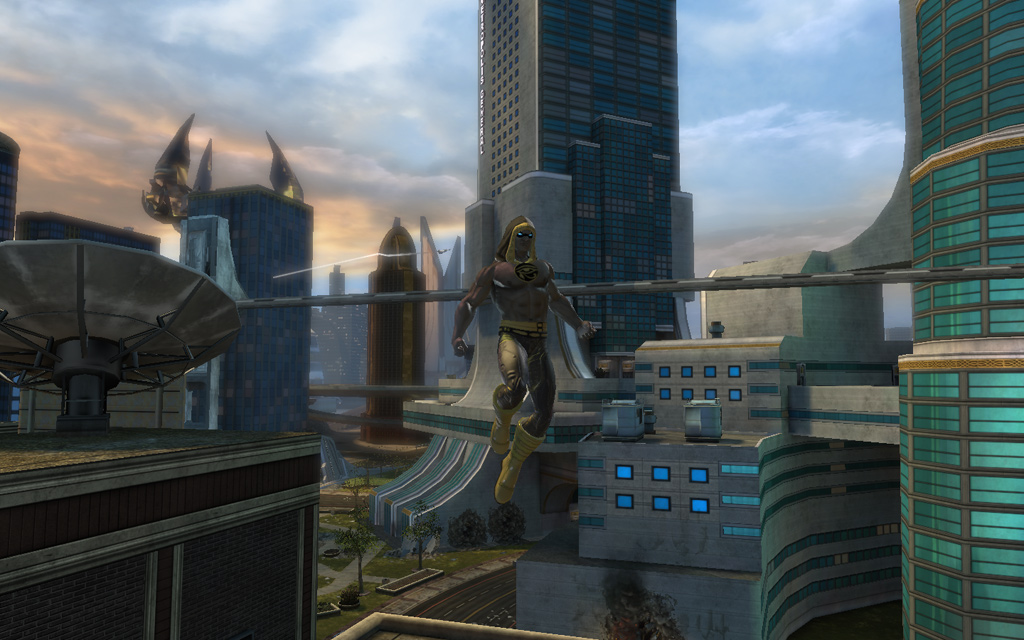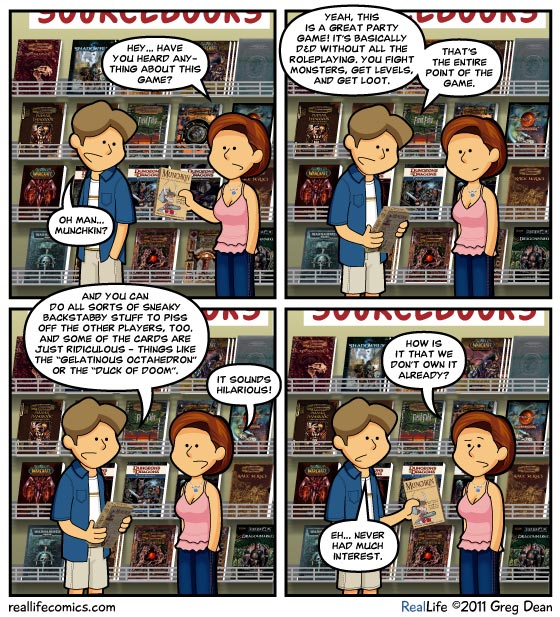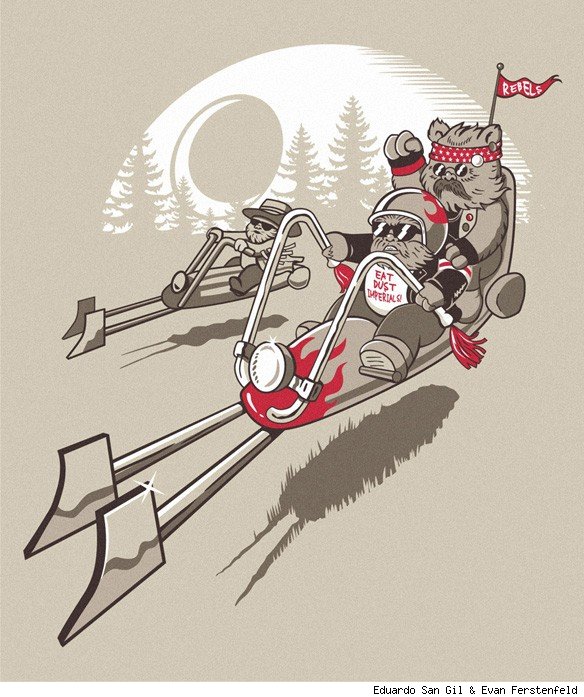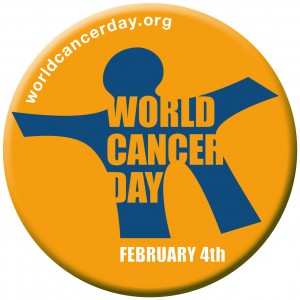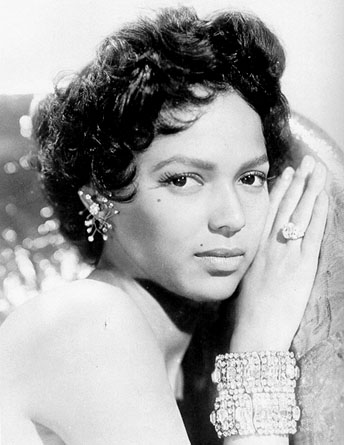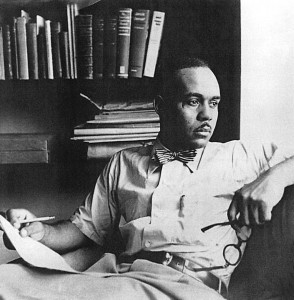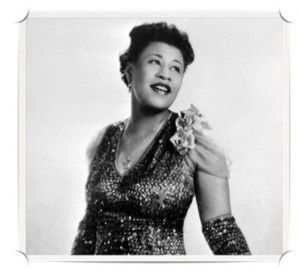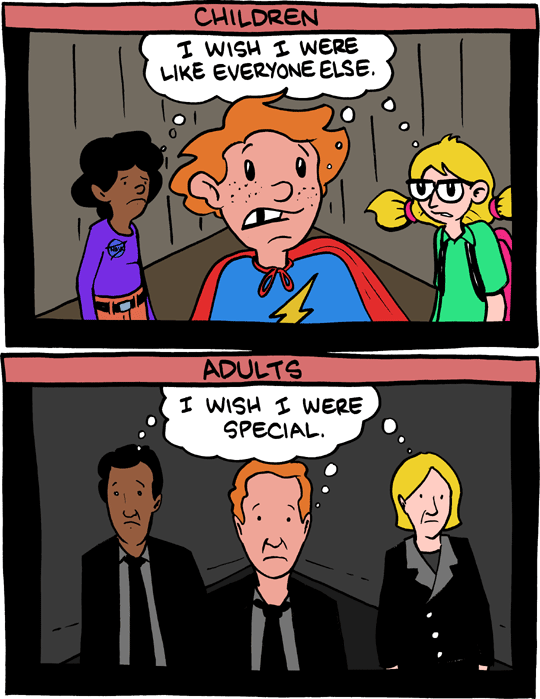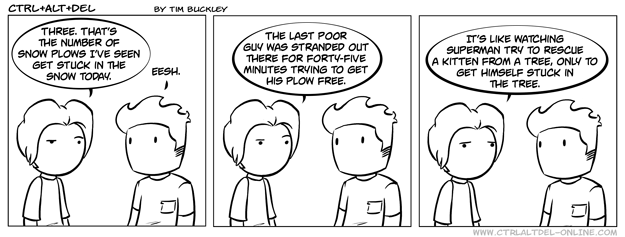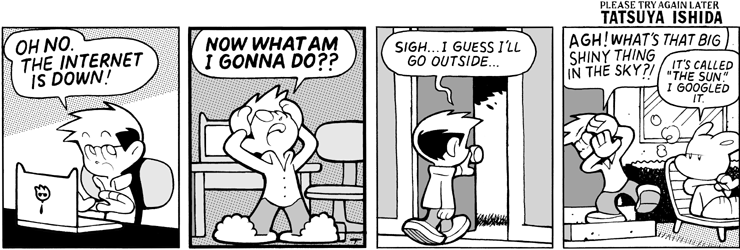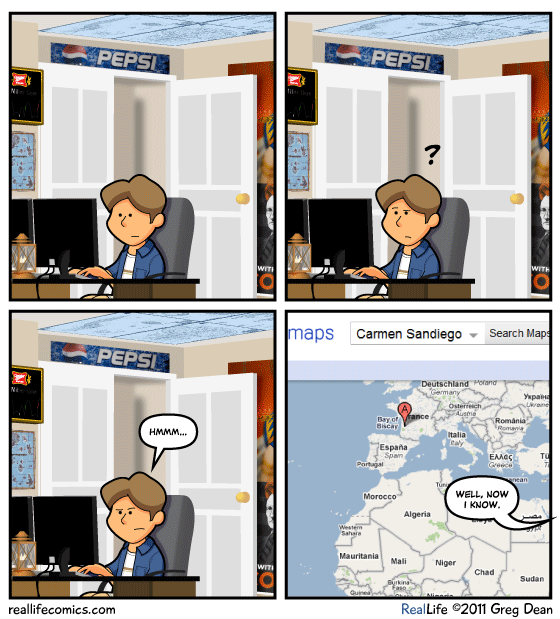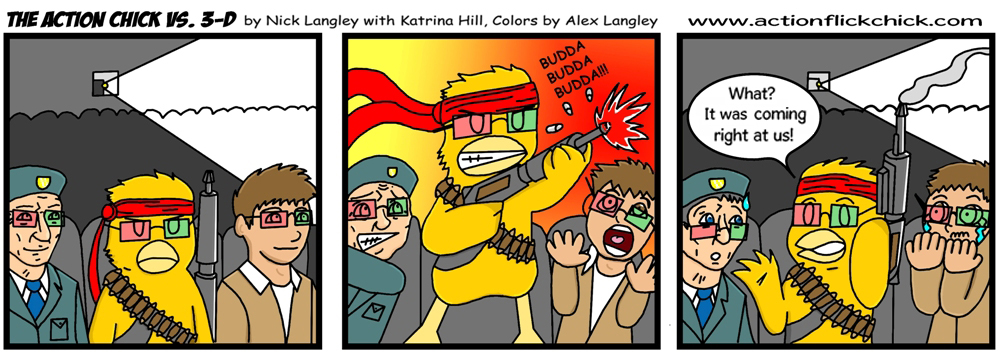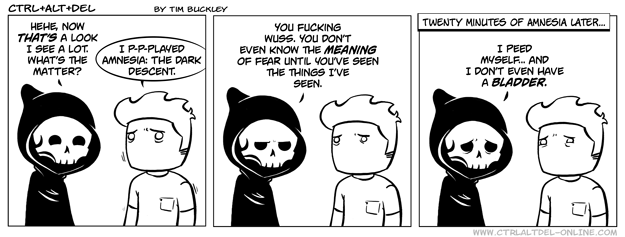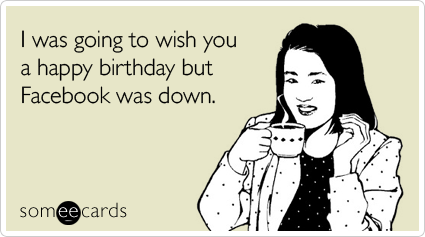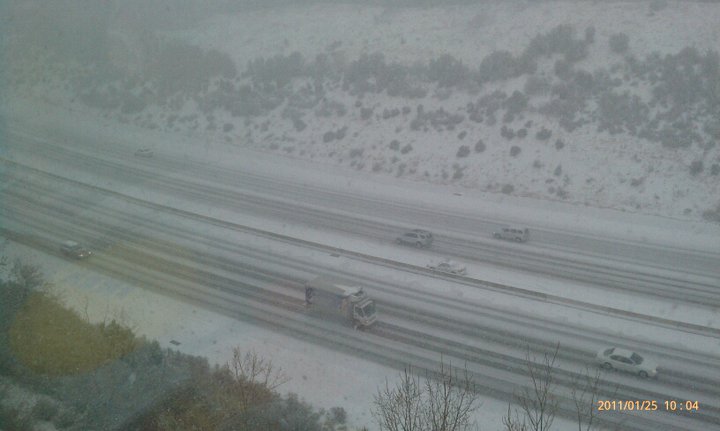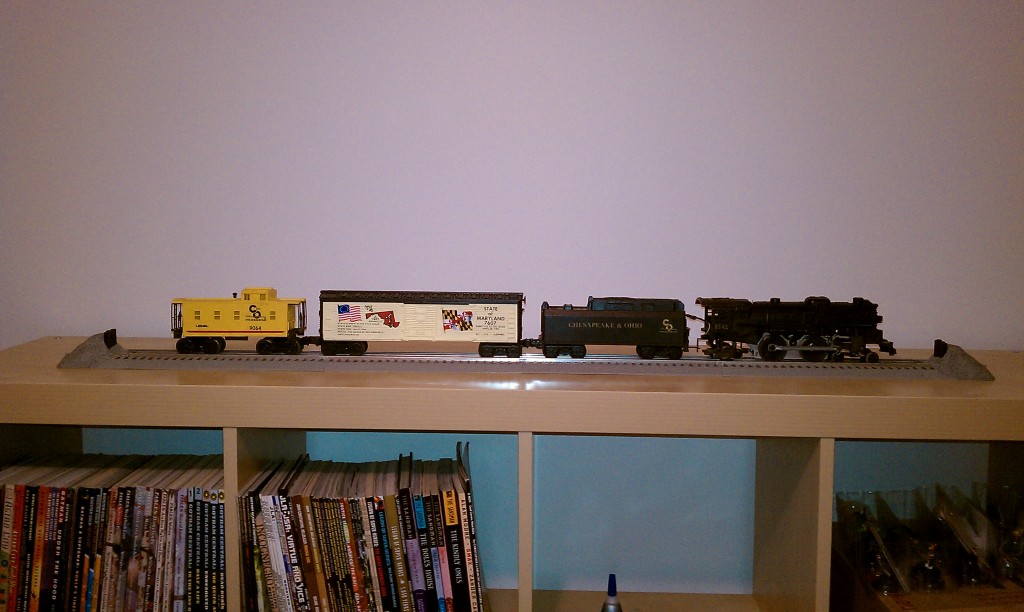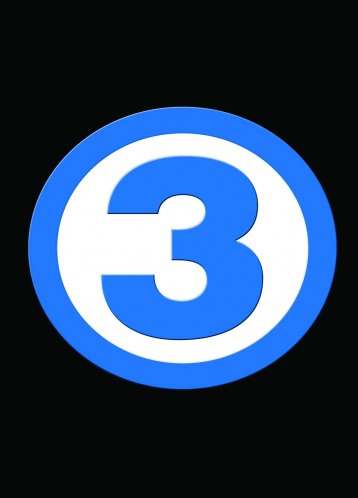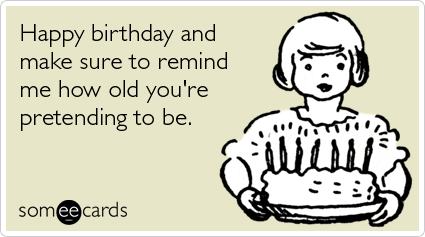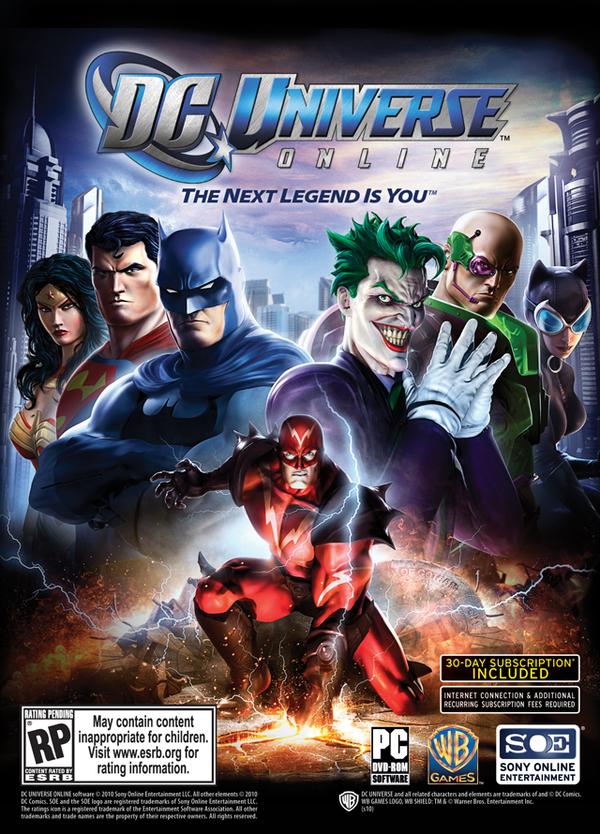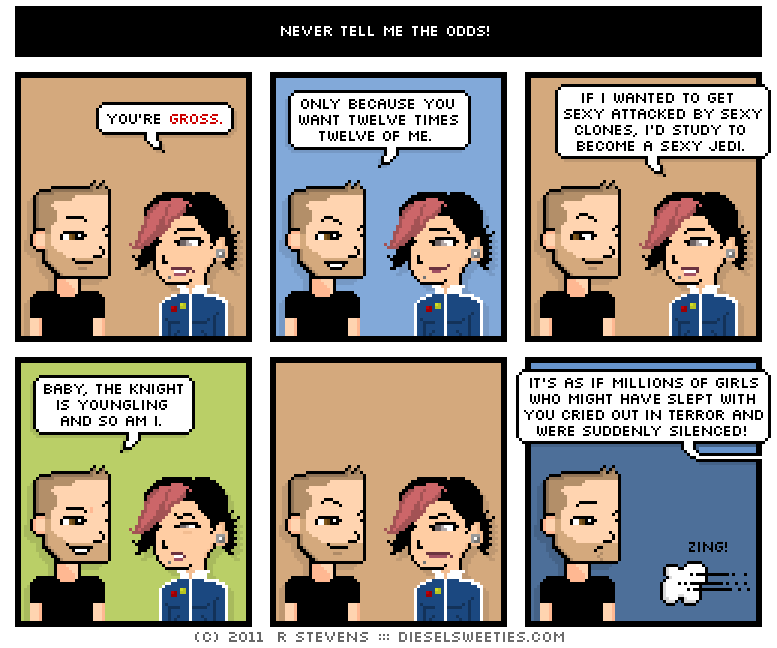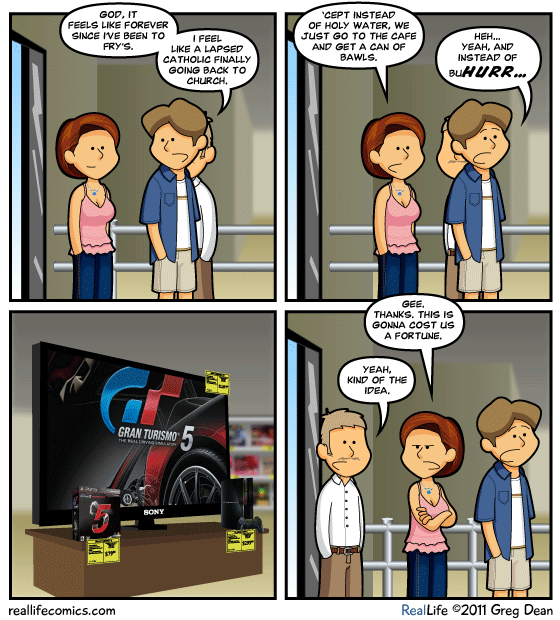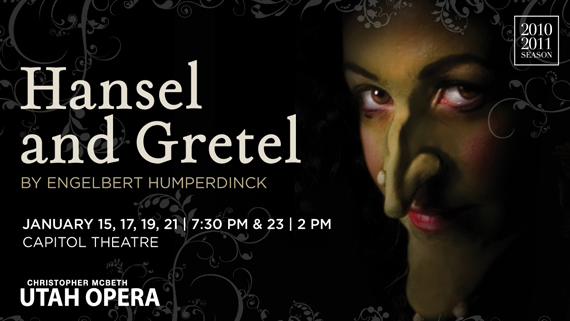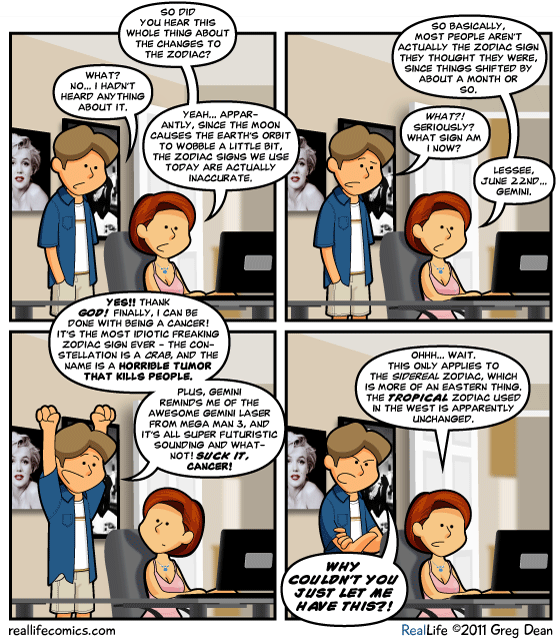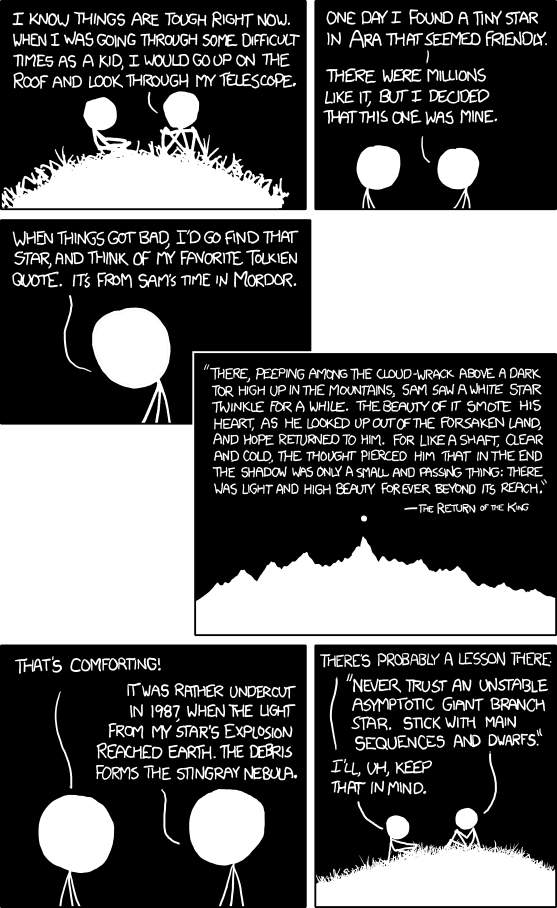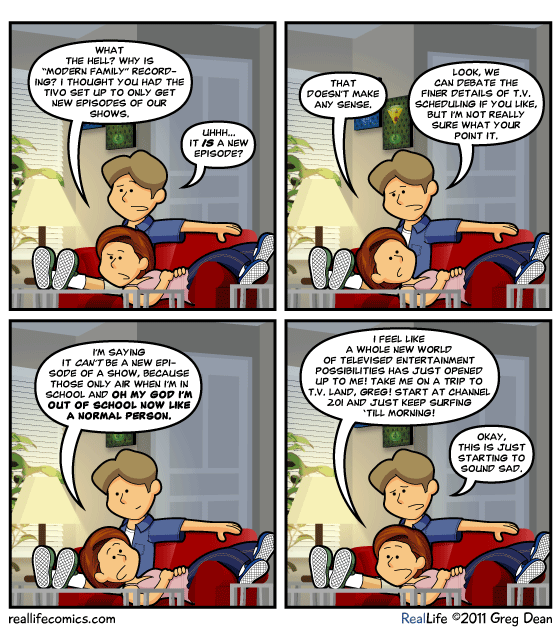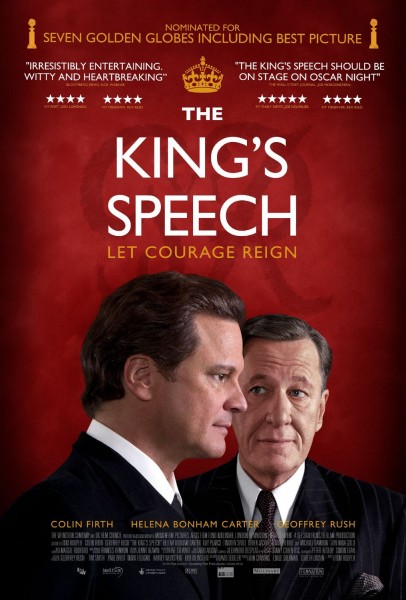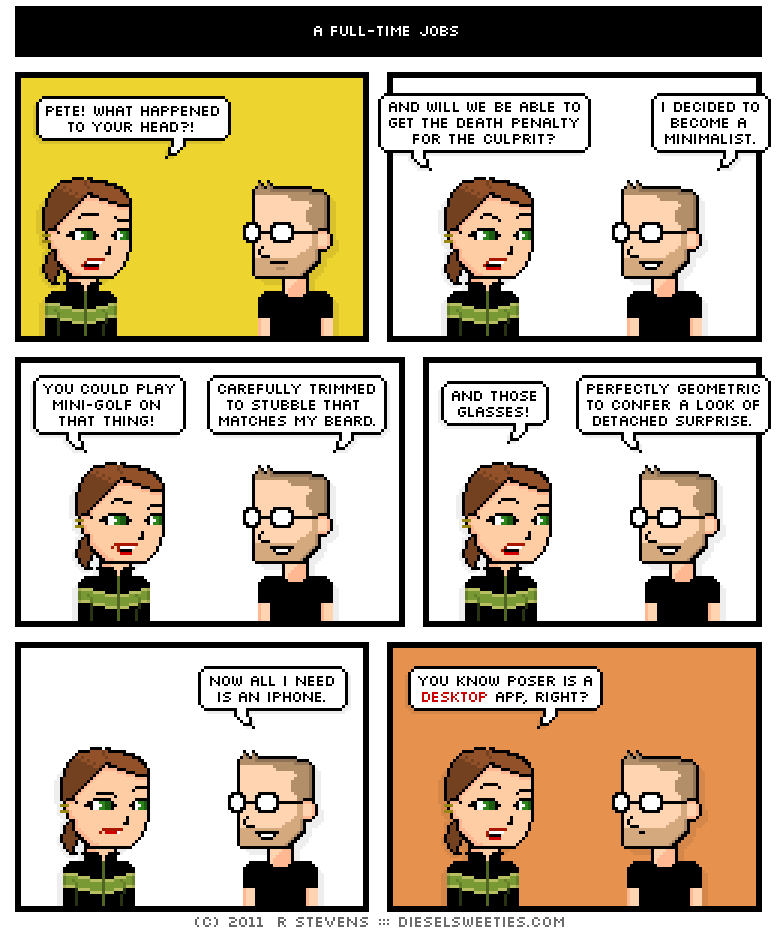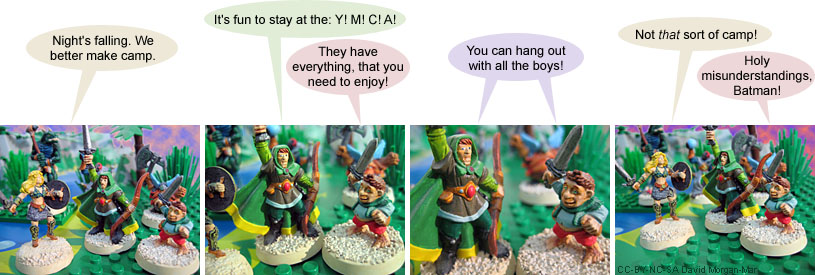The Great Date Night Adventure!
art, business and economy, comics and animation, computers, dining and cuisine, event, everyday glory, exhibits, food for thought, geekery, history, monkeys!, movies and TV, music, news and info, style and fashion, toys, Whiskey Tango Foxtrot...?! No Comments »Tuesday – 08 February 2011
It’s a sunny day in the valley. That is in stark contrast to the snow that fell yesterday afternoon and last night. Although, on the “plus” side: The air is clean(er) and you can see across the valley:
Last night, SaraRules! and I had a Date Night Adventure! It was really just supposed to be dinner and a concert, but the first half turned into something of an ordeal. Shortly after last month’s Preservation Hall Jazz Band concert, we learned that Wynton Marsalis and the Jazz at Lincoln Center Orchestra was going to be performing.
So, we decided to go and celebrate Valentine’s Day a little early.
This came under the heading of “Good Theory.”
“Practical Application” went a little something like this:
We drove to the University of Utah campus and found parking. We walked down to 13th East, as we had planned to eat at Aristo’s, a restaurant that SaraRules! had heard was good and wanted to try. We walked in to find they had at least a 45-minute wait. No good.
We walked next door to Indochine, a Vietnamese restaurant. The restaurant was fairly packed and there wasn’t anyone at the front counter. Again, no good.
We headed over to Market Street Broiler… and were met with people walking out, saying that they’d lost some power – the block across the street had a complete power outage – and were closing. *sigh* We were starting to see a pattern and it wasn’t good.
We then walked back down to B&D Burger. We were at the “beggars can’t be choosers” point of the evening and we were also running out of time. It was 6:30 PM when we walked in and the concert started at 7:30. Fortunately, we were only a five-minute walk from the hall. SaraRules!, in her near-infinite wisdom, suggested that we grab what looked like the last available table before we ordered. (Very good call on her part.) We stood in line for about 10 minutes, as the place was full of people – like us – who were unable to get into the other restaurants. We ordered and we sat down and waited.
6:50…
7:00…
7:05…
Around this time, SaraRules! went up “to have words” with the young lady at the counter. Granted, the place was full and the cook – the sole cook – was busy, but apparently the cashier had an “Oh, well…” attitude about the whole affair. And, at no point did anyone call in additional help to cover the rush.
7:15…
SaraRules! went back to the counter to get our order “to go.” Many other patrons had just decided to leave, without getting their orders AND without demanding refunds. (SaraRules! told me later that the cashiers were like “Hey… more money for us!” about those customers.) Contrast that attitude with this, taken from the back of the customer survey card:
We got our food about 7:25 PM. We hurried back to the car – we couldn’t exactly take our dinner into Kingsbury Hall – dropped off the boxes, took our gyros with us and ate them as we headed to the hall.
Fortunately, the performance started a few minutes late. I literally sat down a couple of seconds before the orchestra started playing.
It was a fantastic performance. One expects excellence when listening to Wynton Marsalis play. It was great to see… um, hear… that he surrounded himself with phenomenal talent, as well. It was an amazing show. There was no band leader/conductor. In fact, Wynton Marsalis wasn’t even front and center; he played on the third row, with the rest of the trumpeters. Mr. Marsalis even explained, between a couple of the pieces, why we saw the band talking amongst themselves during the performance: It was to decide who was going to solo or be featured in some pieces. On the fly. They played for about an hour-and-a-half and came back for an amazing encore. It was a great way to cap off an evening that began less-than-auspiciously.
Chew on This: Food for Thought – Black History Month
Today, let’s take a look at the Harlem Renaissance.
The Harlem Renaissance was a cultural movement that spanned the 1920s and 1930s. At the time, it was known as the “New Negro Movement”, named after the 1925 anthology by Alain Locke. Though it was centered in the Harlem neighborhood of New York City, many French-speaking black writers from African and Caribbean colonies who lived in Paris were also influenced by the Harlem Renaissance.
The Harlem Renaissance is unofficially recognized to have spanned from about 1919 until the early or mid 1930s. Many of its ideas lived on much longer. The zenith of this “flowering of Negro literature”, as James Weldon Johnson preferred to call the Harlem Renaissance, was placed between 1924 (the year that Opportunity: A Journal of Negro Life hosted a party for black writers where many white publishers were in attendance) and 1929 (the year of the stock market crash and the beginning of the Great Depression).
The Harlem Renaissance grew out of the changes that had taken place in the African American community since the abolition of slavery. These accelerated as a consequence of World War I and the great social and cultural changes in early 20th century United States. Industrialization was attracting people to cities from rural areas and gave rise to a new mass culture. Contributing factors leading to the Harlem Renaissance were the Great Migration of African Americans to northern cities, which concentrated ambitious people in places where they could encourage each other, and the First World War, which had created new industrial work opportunities for tens of thousands of people. Factors leading to the decline of this era include the Great Depression.
Characterizing the Harlem Renaissance was an overt racial pride that came to be represented in the idea of the New Negro, who through intellect and production of literature, art, and music could challenge the pervading racism and stereotypes to promote progressive or socialist politics, and racial andsocial integration. The creation of art and literature would serve to “uplift” the race.
There would be no uniting form singularly characterizing the art that emerged out of the Harlem Renaissance. Rather, it encompassed a wide variety of cultural elements and styles, including a Pan-Africanist perspective, “high-culture” and “low-culture” or “low-life,” from the traditional form of music to the blues and jazz, traditional and new experimental forms in literature such as modernism and the new form of jazz poetry. This duality meant that numerous African-American artists came into conflict with conservatives in the black intelligentsia, who took issue with certain depictions of black life.
Some common themes represented during the Harlem Renaissance were the influence of the experience of slavery and emerging African-American folk traditions on black identity, the effects of institutional racism, the dilemmas inherent in performing and writing for elite white audiences, and the question of how to convey the experience of modern black life in the urban North.
The progress—both symbolic and real—during this period, became a point of reference from which the African-American community gained a spirit of self-determination that provided a growing sense of both Black urbanity and Black militancy as well as a foundation for the community to build upon for the Civil Rights struggles in the 1950s and 1960s.
Stray Toasters
- Since we were heading out for Date Night – and since we were going to an event – I decided to wear my black suit, a white shirt and my African masks tie. While standing in line to get dinner, a woman (who was obviously aware of the concert) came up to me and asked,”Are you playing tonight?”
*sigh*
That’s right, lady. I’m a black guy in a suit and tie near the university campus. I, obviously, must be playing in the concert.
I simply told her, “No, I’m not.” My second – and, unfortunately, much-delayed – thought was to tell her “Yes, I’ll be playing trombone.”
- If you haven’t taken a look at Google’s home page (“Google classic,” that is), check it out.
- Ken Olsen, Founder of DEC, Dies at 84
- Space Avalance (some possibly NSFW content)
- A Hidden Treasure Struggles in Los Angeles
- Imperial Walker (AT-AT) from recycled computer parts
- The Apollo, Uptown’s Showbiz Incubator
- Courtesy of Vince, from Dr. Volt’s, comes Superman Classic, a short – and very well-made – animated fan film:
- Planned Parenthood to Retrain Public Staff
- Kayabuki in Utsunomiya – Where Waiters Are Monkeys

Namaste.

